Is managu farming profitable? In this post, we will estimate the costs and profits of growing the managu traditional vegetables or the black nightshade. The analysis is for one acre of land, and uses the cost-benefit (CBA) method for estimates.
Managu is one of the most profitable Kienyeji vegetable in Kenya. It has high nutritional, profits and medicinal values. In rural areas, it is a farmed weed or gathered from the wild. Due to high demand of mboga kienyeji in towns Managu, mchicha, sagaa and kunde has become profitable vegetables for horticulture commercial farmers across the country. Today, Managu is grown under intensive commercial farming using irrigation and greenhouses.
Black nightshade (Solanum nigrum) is a broad leaf perennial vegetable crop of the Solanum family. It is closely related to tomatoes and Irish potato plants. It is rich in calcium and iron minerals. Besides, it has high content of vitamins A and C, proteins, carbohydrates and lipids.
How profitable is managu farming in Kenya?
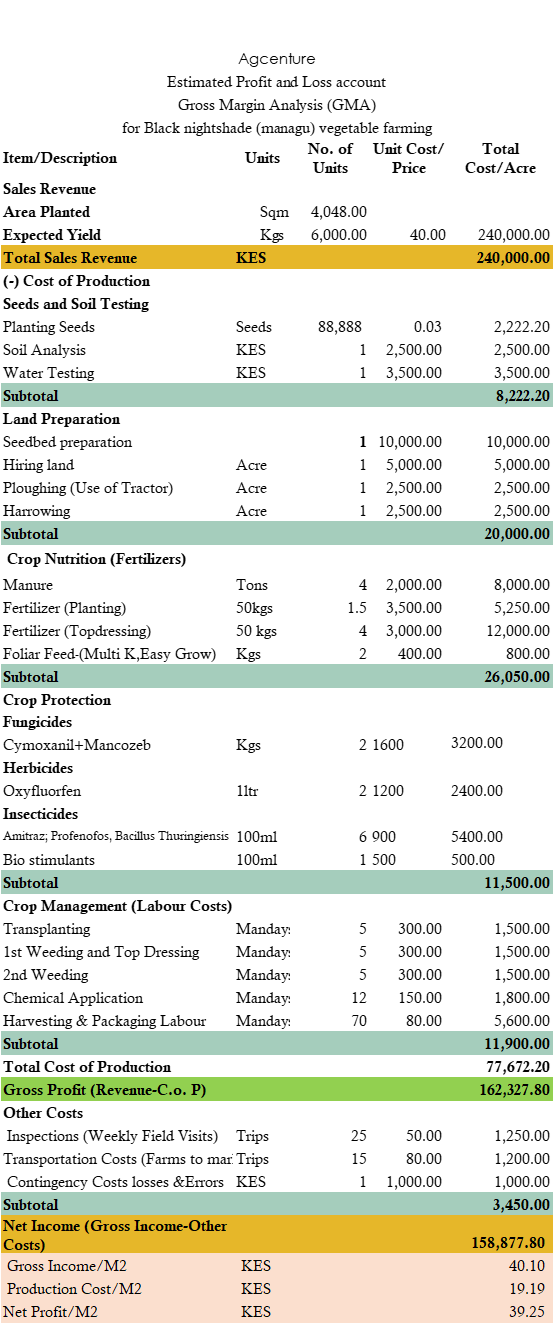
This analysis gives you an figure of the expected revenues, costs and profits of farming and marketing managu in Kenya. The article is arranged into a revenues section, costs and profit analysis.
Benefits of growing Managu in Kenya
To estimate your expected revenues for farming black nightshade, multiply the expected yield per acre by the average selling price per kg.
The highest managu yield per acre in Kenya is 8 tons of the vegetable while the lowest is 4 tons. Your production may vary given the seed variety, region and agronomic practices you adopt as a farmer. This estimate uses conservative yield of 6000 kg fresh herbage.
The average cost per kilogram of fresh managu leaves is an average of Ksh 40 in open air food markets.
Given the above two assumptions, You will make KES 240,000 managu sales. This income, (6000kg* Ksh 40/kg) is for one season before costs of production and marketing.
Costs of Growing Managu in Kenya
As a farmer, you will spend a total cost of KES to grow an acre of managu in Kenya. It arises from the costs of land preparation, seedbed preparation, transplanting, and crop nutrition. Other expenditures are crop nutrition, weed, pest and disease control and finally, harvesting and marketing. Details for each of these are as follows;-
Land preparation
Plan your crop calendar for the maturity to coincide with the peak demand for managu greens. In Kenya, it lasts between December and March every year. Since it takes 60 days for the managu to mature after direct sowing or 30 days after transplanting, start your land preparation activities around September. Land preparation will involve; –
Hire farming land if you do not own any. To get the best, consider one near town and water sources. In areas that managu thrives, land rent goes for around KES 5,000 per acre.
Soil and water testing; A soil analysis will gauge the soil’s pH and its nutrients. The results will help you to buy the right fertilizers and amounts of compost. Managu yields are highest at a soil pH 0f between 5.8 to 6.6. The crop needs soils with good organic and moisture content.
Second, you need portable water for irrigation and cleaning farm produce. You can do your Soil and water analysis DIY at home using water and soil testers you buy online. The alternative is to contract a private soil testing company.
Other steps of preparing land are a basal application of well-composted manure, ploughing and harrowing to make a fine tilth of the soil. To save on the cost of fertilizers, apply compost or planting fertilizer like DAP in planting holes. The cost of ploughing and harrowing using a tractor is around Ksh 2,500/acre.
Which is the best managu variety in Kenya
You will need to the costs of growing healthy seedlings. It will involve preparing nursery beds, choosing seeds and managing the seedbed to raise healthy young managu plants.
An acre of land requires 88,888 seeds of black nightshade. this assumes a crop spacing of 30 cm by 15 cm. Managu seeds price seed in Kenya is KES 0.03/seed. Consider planting clean or certified seeds from a registered seed company.
There are four managu seed varieties that you can grow in Kenya. They are;-
- Solanum villosum; it’s grown in lowlands. It has edible orange-coloured fruits with small leaves.
- Solanum americunum; is for farmers in hot and wet regions like around Lake Victoria and coastal areas. It produces small black fruits.
- Solanum scabrum: its dominant features are its big sized leaves and black fruits. It thrives in medium-altitude areas with heavy rainfall. This type is unpopular in Kenya.
- Solanum eldoreti; It has some of the broadest leaves. Common in high attitude areas. It produces small greenish fruits, which turn purple when ripe.
Managu Seedbed preparation
Make your seedbed in a hygiene piece of land where no Solanaceae crops have been grown in the last three years. Dig, level and mix the fine soil with well rotten compost. Make drills at a spacing of 10-20 cm apart. Sow seeds in the ditches, cover them with light soil or manure and water it. Besides you can sow them in plastic planting trays
Managu seeds will germinate in 4-7 days. Continue caring for the nursery by thinning, weeding and watering for up to 30 days. The seedlings are ready for transplanting when the crops have six real leaves or have reached 10-15 cm in height.
Alternatively, you can buy certified seedlings from a Kephis registred seed planter at a cost of around KES 1 for one. The total cost to establish a vegetable seedbed for 30 days is around Ksh 10,000
Transplanting
The recommended spacing for the black nightshade indigenous vegetable is 30 cm by 10 cm in wet areas and 30 cm by 15 cm in dry areas. To prepare seedlings water the nursery to loosen soil and make uprooting easier. Ensure adequate irrigation till your seedlings are well established.
Best Fertilizers for Managu in kenya
Use the soil your test analysis recommendations to buy the best managu fertilizers for planting and topdressing. an ideal schedule
Planting fertilizer,
there are three (3) recommended doses you can consider for best crop yields.
- 8 tons of manure per acre alone applied 2 weeks before planting
- 4 tons of compost 2 weeks to planting and another 40 kg of DAP fertilizer per acre during planting
- 75 Kg of DAP fertilizer per acre alone during planting.
The analysis will assume use of 4 tons of compost and 40 kg of DAP.
Topdressing
Use a nitrogen-based fertilizer or a foliar fertilizer to enhance the vegetative growth of leaves. The best you can use is 15 g per square meter of calcium ammonium nitrate (CAN) or sulphate of ammonia. Do it after the second weeding and you have begun harvesting.
To promote fast vegetative and consistent harvests, you can consider using a foliar fertilizer.
Pest and disease control
Many pests and diseases affect managu yields in Kenya. The pests you must control are; root-knot nematodes, cutworms, flea beetles and aphids. The control methods include IPM, crop rotation and weeding. The stubborn ones like aphids need spraying using pesticides. Remember to observe the right post-harvest interval (PHI) days.
The bacterial blight and early blight are the managu worst diseases. You can control them using disease-free certified seeds. Other methods are crop rotation, right plant spacing, and field hygiene.
Irrigation
Managu requires 500 to 1200 mm of well-distributed rainfall throughout the growing period. During the dry period, substitute water supply by irrigation. The frequency will depend on the type of soil. Sandy soil needs three times, sandy loam soil, twice a week and clay and loam soils only once a week. Drip irrigation and sprinkling irrigation systems are efficient, as they conserve water.
Labour costs
Managu crop management is expensive. You need money for transplanting, weeding, fertilizer application and pesticides sprayin. Besides, you will need workers to clean, sort, grade and package it into small bundles for marketing or storage. The total costs of growing managu are around Ksh 12,000.
Harvesting
Managu matures in 30 days after transplanting. You harvest the leaves by plucking the growing tips to encourage branching. Depending on water and crop nutrition, you can pick this horticulture product once or twice each week for 3 to 4 months. Fruits are ready to harvest when they are ripe and turned black or purple to get propagation seeds.
Costs and benefits Analysis for Managu Growing in Kenya
Managu farming in Kenya can give you a gross profit of KES 162,000 per acre. It is after deducting the total costs of Ksh 78,000 from the total revenues of KES 240,000 as established above.
To get net profits, we further deduct other costs like transport and field visits. These amount to KES 3,000 giving you net profits of Ksh 159,000.
How to make more profits in mboga kienyeji farming
Are you a vegetable farming looking for tips on making more profits? Below are 3 tips you can consider for your Managu farming; value addition, staggered planting and organic farming.
- Value addition, Harvest the African nightshade fruits, extract and dry planting seeds for sale. You can use fruits to make organic Jam and food dyes. The other option is to sun-dry the managu vegetable leaves to add their shelf life and use in the dry period
- staggered planting, sow and transplant your seedlings every 5 days during the planting season. This way your crop will mature on different dates giving you a longer harvesting period as well as daily harvesting.
- Organic farming as an organic farmer, you can earn almost 200% more profits than a conventional grower. Grow and brand your managu as organic vegetables. use the social media to make direct sales to consumers thereby making more profits.
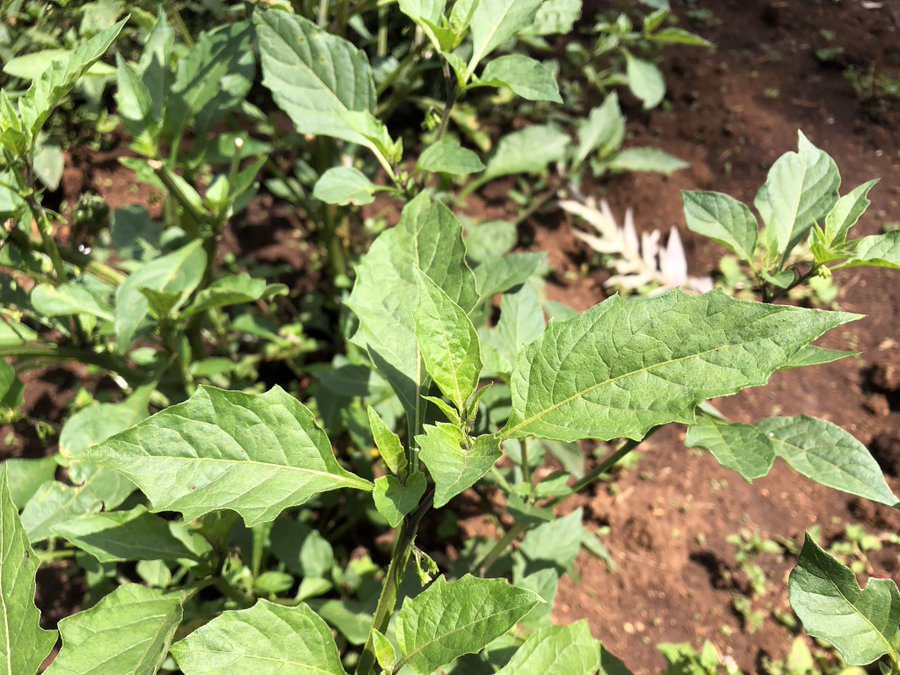
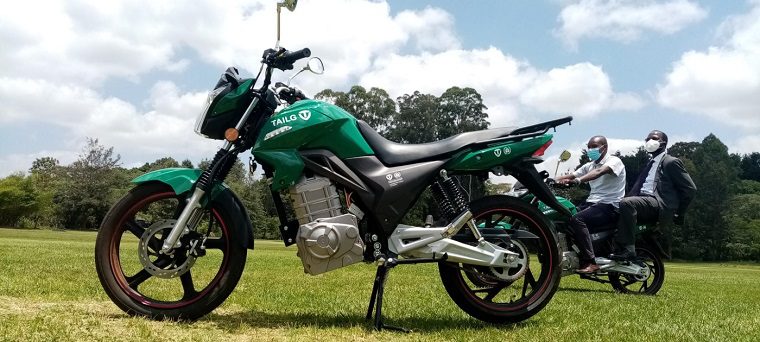
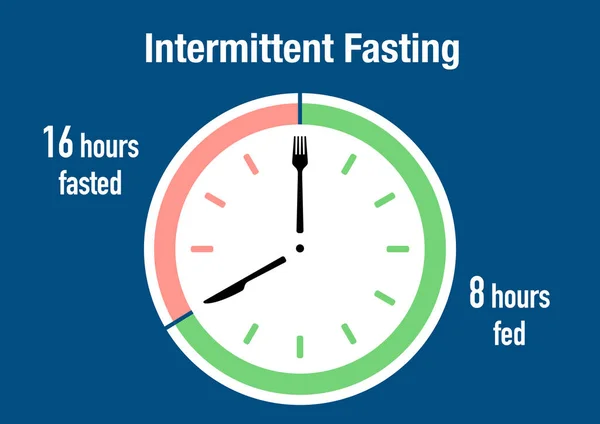
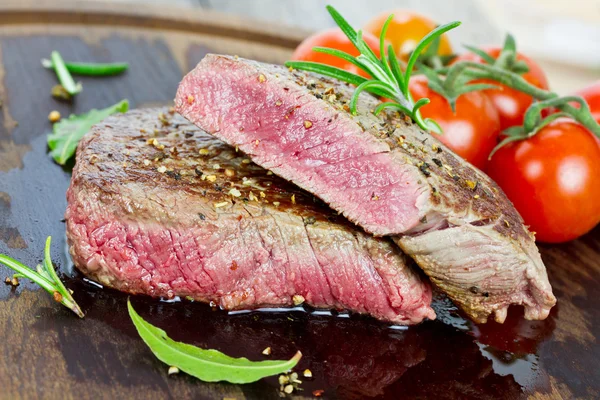
Very educative article,thanks